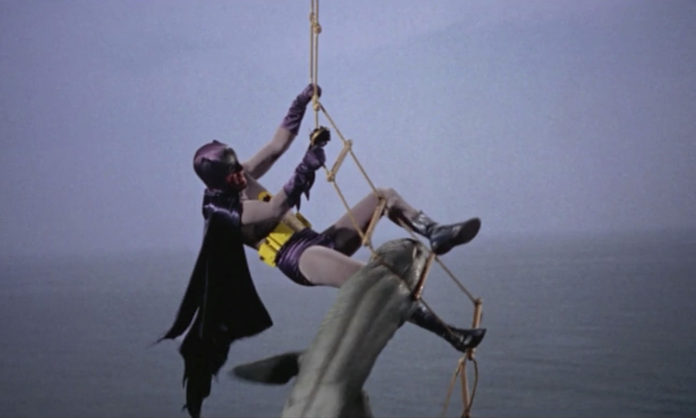In a new blog post, Anne R. Allen says believability is much more important to fiction than realism. “If you want realism, read the newspaper,” she says. “Artists don’t aim for realism. Art is about commenting on reality, not copying it.”
Of course, most genre writers know the pitfalls of realism. Batman, Harry Potter, and Luke Skywalker aren’t remotely realistic, and neither are Hercule Poirot or Perry Mason, even though their worlds are a bit more like ours. “In fact, if you think over your favorite novels, you’ll probably find very little ‘realism,'” Allen notes. However, their worlds are believable, because they have their own, internally consistent rules. Luke Skywalker doesn’t get his mail delivered by a magic owl and Poirot doesn’t put on a bat-suit before he solves a mystery.
A major pitfall of “realism” is the temptation to use every bit of information you learned in your research. “I was once in a workshop with a woman who had researched all aspects of Victorian women’s clothing,” Allen says. “Her heroine took so many pages to get dressed, we’d all forgotten what she was getting dressed for.”
Sometimes, though, realism is the point of your story, when you want to write about social problems or injustice. “Upton Sinclair’s The Jungle had such realistic scenes of Chicago slaughterhouses that people rose up to do something about the abuse of workers and animals,” Allen notes. “That meant the realism had a purpose. Sinclair put the reader through horrific scenes to make an important point.” The treatment of psychiatric patients in One Flew Over the Cuckoo’s Nest and the misogyny in The Handmaid’s Tale are definitely “real.”
However, when you’re writing to entertain, your readers are willing to accept a bit less realism. Allen cautions against listening to the realism police, who want you to describe your sleuth’s gun in exacting detail or insist that it never rains in Los Angeles in September. On the other side of the coin, you’ll find readers who insist your characters act according to their stereotypes. “Aim to please your readers, not the realism police,” Allen says.












